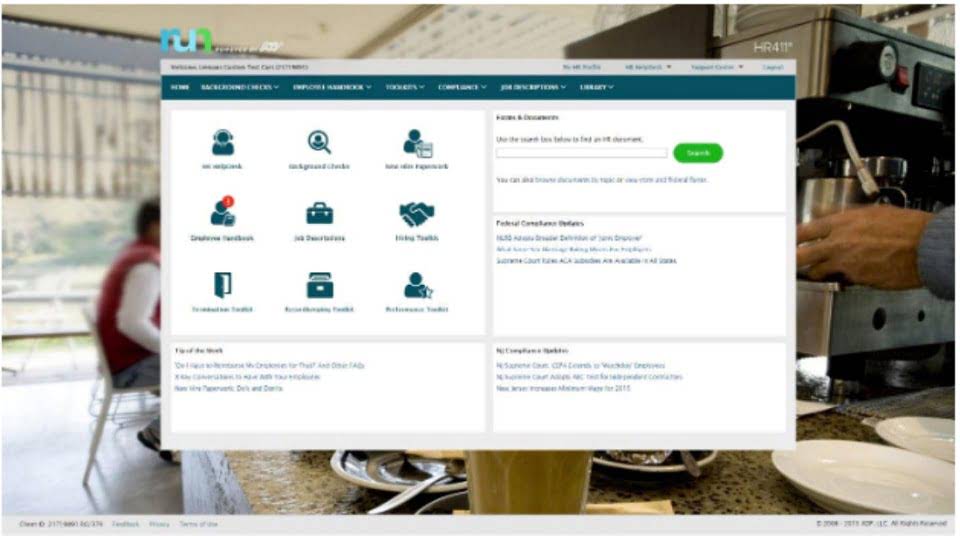What Is Contra In Accounting? Definition And Examples
- Posted on
- wadminw

There are four key types of contra accounts—contra asset, contra liability, contra equity, and contra revenue. Contra assets decrease the balance of a fixed or capital asset, carrying a credit balance. How do different types of contra revenue accounts affect financial statements? Contra revenue accounts like sales returns, allowances, and discounts reduce the total sales figure on financial statements.
- For example, a sales returns and allowances account is used to offset the value of goods that were returned or discounted by customers.
- A contra asset account is an account that is used to offset another fixed asset account on the balance sheet.
- For example, a contra account is used to offset the balance in a company’s accounts receivable account.
- A contra account is an account that is used to offset the balance of a related account on a company’s financial statements.
- It is a concept that may seem complex at first, but with a clear understanding, businesses can utilize contra revenue to provide a more accurate representation of their revenue streams.
- Accumulated depreciation tallies the depreciation to date of a fixed asset, such as a car or a building.
How do I set up a contra account or control the natural balance of a GL account in Quickbooks Online?
If customers return $500 worth of books and receive $200 in allowances for minor https://www.bookstime.com/ damages, plus they take advantage of $300 in early payment discounts, these amounts are recorded in contra revenue accounts. The net profit margin is another crucial metric influenced by contra revenue accounts. This ratio measures how much net income is generated as a percentage of revenues. Since contra revenue accounts decrease total revenues without directly affecting expenses, they can lead to a lower net profit margin.
What are some examples of contra accounts?

For example, when a customer’s cheque bounces, a contra account steps in to reconcile the situation financially. The initial receipt and the subsequent deduction are both logged, revealing the net effect of the transaction without distorting the total income. Also, when products are returned, Sales Returns and Allowances—a type of contra revenue account—offset the previously recognized sales revenue. Such accurate record-keeping is vital for maintaining the integrity of your financial reports. Contra revenue is an essential concept in accounting that allows businesses to accurately represent the impact of deductions and reductions in revenue.
- These contra revenue accounts tend to have a debit balance and are used to calculate net sales.
- This lesser-known but essential element helps businesses accurately report their net sales by offsetting gross revenue with returns, allowances, and discounts.
- A contra account is a type of account that is used to offset another account.
- A contra liability is an account in which activity is recorded as a debit balance and is used to decrease the balance of a liability.
- Maintaining consistent documentation of all transactions related to these accounts is vital.
- First, it provides transparency in financial reporting by separating the reduction in revenue from regular sales and service transactions.
Role in Financial Statements

It might be important for a business to track the full cost of sales less contras to see the full picture. Recording contra revenue accurately in your accounting books is crucial for maintaining reliable financial records. Let’s break down how to do this step-by-step, look at some examples of journal entries, and discuss the best practices for documentation. A regular account is used to record transactions and has a normal balance. A contra account is used to offset the balance of a related account and has an opposite balance. For the purpose of financial statement reporting, the amount on a contra account is subtracted from its parent account gross balance to present the net balance.


Are you looking for a way to account for accumulated depreciation, returned merchandise, or damaged inventory? You can use contra accounts to record the goods your customers return, inventory that gets damaged, and equipment depreciation. Home Depot reports net receivables and net property and equipment, implying that both are reduced by contra assets. We’ll need to dig into the footnotes to find out what the contra accounts are. This would allow the company to track the amount of money that contra expense account has been borrowed. The contra liability account would be used to offset the liability account on the balance sheet.
Contra Account Vs Adjunct Account

Mastering contra revenue accounts is vital for gross vs net accurate financial reporting and making informed business decisions. These accounts not only ensure that your financial statements reflect true net sales but also provide insights into areas like customer satisfaction and pricing effectiveness. By understanding their impact on key financial ratios—such as gross margin, net profit margin, and return on sales—businesses can better navigate their financial landscape.
The Intricacies of Contra Equity Accounts and Their Impact
- Understanding how contra accounts work and their role in financial statements is crucial for any individual or business that wants to accurately track their financial position.
- Examples of contra accounts include accumulated depreciation, allowance for doubtful accounts, and sales returns and allowances.
- Any products that are sold at a discount or returns are deducted from gross revenue to produce net revenue as the top line on the income statement.
- The contra asset account Accumulated Depreciation is deducted from the related Capital Assets to present the net balance on the parent account in a company’s balance sheet.
- If you offer a 5% discount on a $100 item for early payment, you’ll record sales of $95.
Examples of a contra revenue accounts include sales returns, sales discounts, and sales allowances. You debit the contra revenue accounts and credit the corresponding revenue accounts. For example, when you debit the balance in sales returns account, make sure that you offset the sales revenue account with a credit balance. These accounts can tighten the gross margin ratio by reducing total revenues while costs remain unchanged. They also influence the net profit margin by decreasing reported revenues without affecting expenses directly. Additionally, high volumes of returns or discounts can lower the return on sales ratio, indicating potential issues with product quality or pricing strategies.

